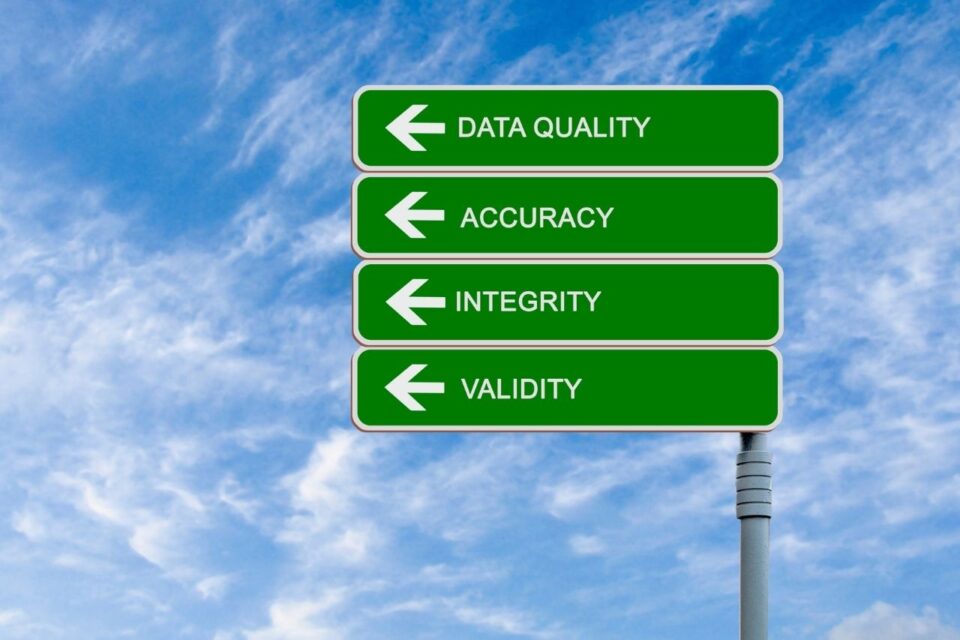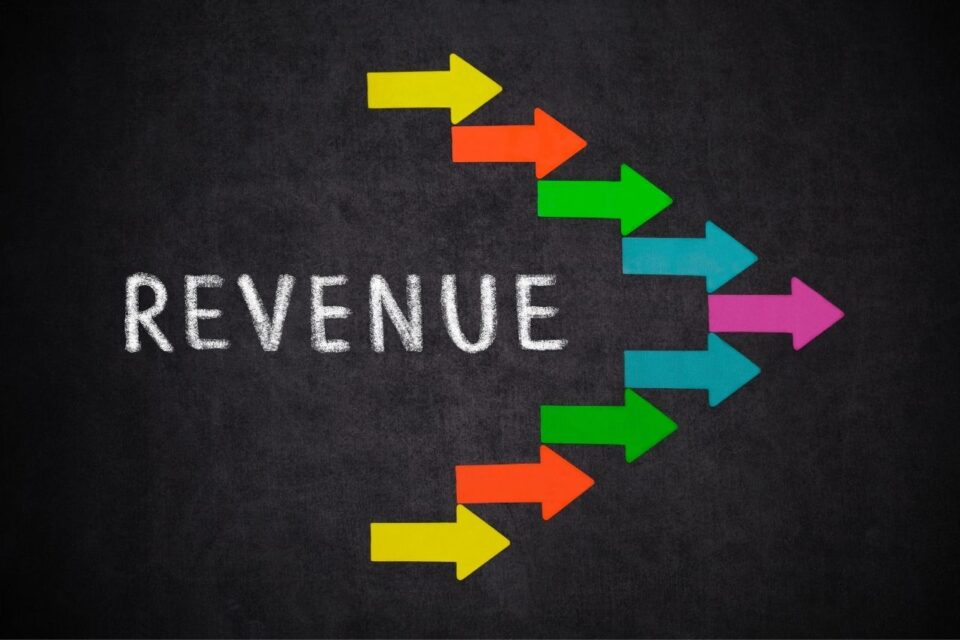
Hospitals Have Doubts with the Healthcare Pricing Transparency Proposal
October 2, 2019
Hospital Revenue Cycle Billing Improvements Bypass Lawsuits
October 30, 2019Over the past few years, we have seen drastic changes in the organization’s Revenue Management Cycle.
We no longer ask ourselves if the data will be hacked. We ask ourselves when it would be hacked. Threats are everywhere in this space.
Data sensitive communities such as healthcare organizations can no longer ignore the threat that is looming over their fates.
To overcome this, it is in the best interest of an organization to outsource Revenue Management Cycle. The outsourced Management will be effective, reliable and more secure.
This can also be a step forward in improving the revenue cycle.
Going forward, we have listed below all the possible threats that are shadowing over an organization.
- Phishing: The biggest cybercrime looming over our heads is phishing. It is the act of forging signatures or taking sensitive client information via unauthorized phone calls or emails. Employees including the board of directors should be regularly trained to be aware of phishing attempts.
- Malware: The most growing concern in the cybercrime department is malware. It has been a threat to every company over the past years. Unfortunately, there is no way to steer 100 percent clear of malware. The best you can do is train the higher management to treat the matters of malware crime with the utmost urgency. Another good approach would be to keep a mitigation action plan in check that can be implemented immediately.
- Encryption: You can no longer encrypt your data and then be satisfied that your data is secured. Your data should be in a constant cycle of change so that it would be hard to decrypt. Encryption can also protect the mitigation action and has proven itself to be crucial to any organization’s security.
- Automation: Another thing to take into consideration is automation. Some processes and transactions are automated but most of them are still done manually. The main benefit of automation is the fact that each one of your employees will have access to an equal amount of information. This enables every employee to perform uniformly. Automated data is easier to navigate through. With that said, automation of data can help a company or a hospital decide which patient needs immediate care. This also helps them provide the patient with a better cost estimate upfront.
- Cloud services: While selecting a cloud service you need to vary of all the responsibilities and rights of both parties. You need to make sure that everything is stated in the contract clearly. Look beyond the pricing of the service and do your homework well. Look into the vendor’s past business history.
- Internet of things: Every machine used in the healthcare sector is based on the internet of things. Such devices are generally a playground for hackers. As they are not very secure. It is very easy to be swept away in the glamour of such machines. Hence it is very important to go through the security documents before making such decisions.
- Patching: Patching is the process of adding new versions in a system to update or fix an error. Patching management should be an ongoing process. Documented, reported and analyzed in regular intervals by both experts and higher management.
Learn how our AllPayor® Software is saving other organizations $$MILLIONS!
If you are interested in a free demo of our AllPayor® Software, please go HERE or you can register for a FREE webinar HERE





